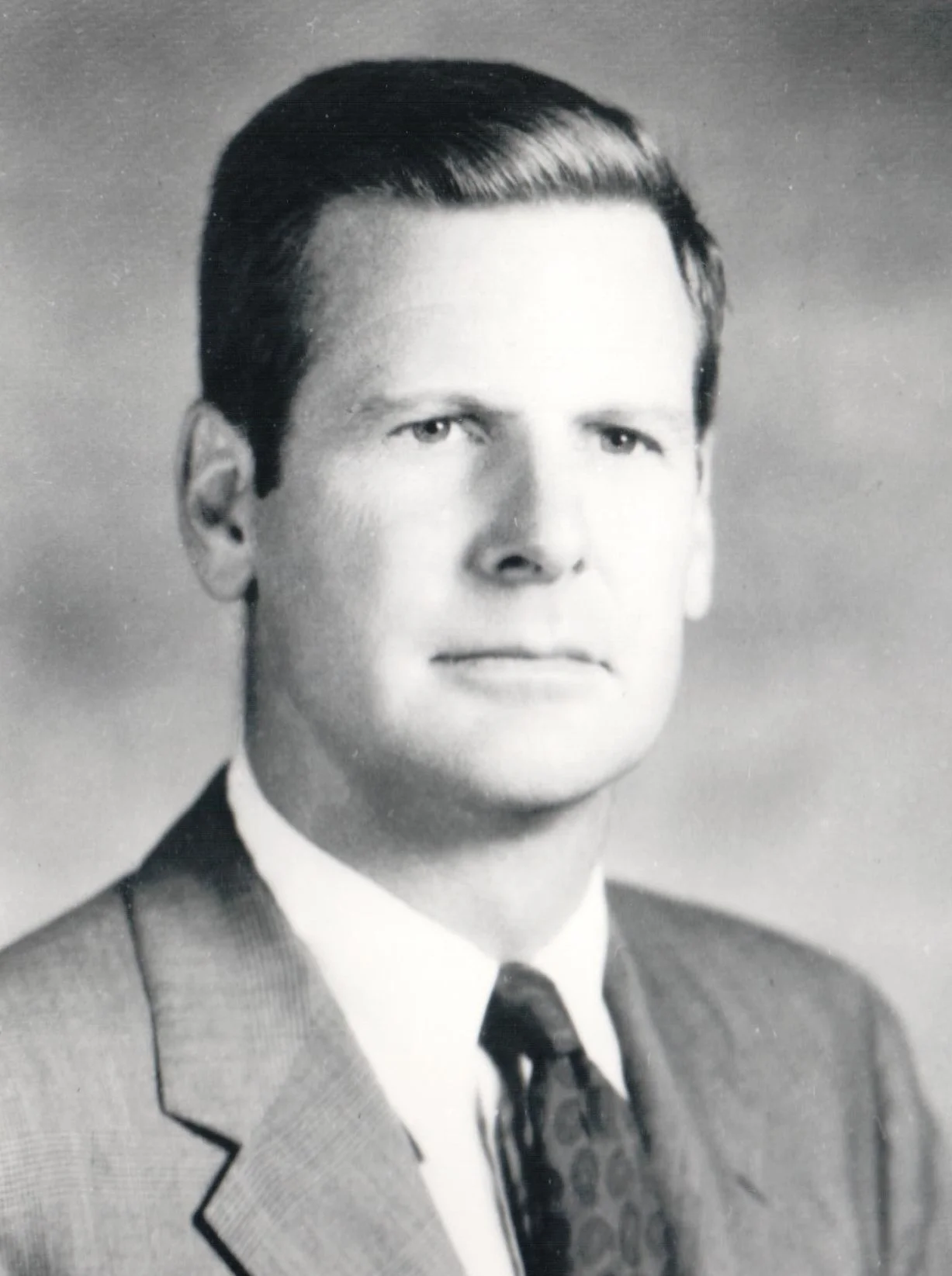George F. Cahill Jr. dedicated his career to understanding how our bodies store and breakdown nutrients. With his passion for carbohydrate metabolism, Cahill became a giant in the field of diabetes research. His work formed the basis for our understanding today of hunger and fasting in health, obesity and diabetes.
George F. Cahill Jr. was born in New York in the summer of 1927. The son of a second-generation Irish-American family, Dr. Cahill was influenced by his father’s love and success in medicine and went on to follow in his father’s footsteps. He started as a pre-med student at Yale, and eventually joined the Columbia College of Physicians and Surgeons. While in college, Dr. Cahill married his wife and the two had six children. During his third year at Columbia College, his research career began in a lab studying adrenal glands – this learning experience sparked his life-long interest in the endocrine system, the collection of glands that create, release and regulate hormones that carry out functions in the body.
After graduating, Dr. Cahill moved to Boston and started working at the Brigham and Women’s Hospital, as well as spending a couple of years at the Hastings laboratory. He then joined the Joslin Diabetes Center, where he discovered how humans can survive starvation for extended periods. After a week of starvation, the human brain can shift its main fuel from glucose to substances called ketones. Ketones are generated by the liver after breaking down stored fats. This allows humans to preserve protein, which is needed by muscles and other organs, and thus survive starvation for longer periods of time as vital organs can still function. This is of special interest for people living with diabetes, where compromised glucose metabolism is characteristic so other sources of energy need to be used. Cahill also researched people on very low-calorie diets, an interest of the military who sought him out to help develop high-energy supplements for recruits in combat areas as emergency rations. For his work, Dr. Cahill was recognized with many honours and awards, including the Canada Gairdner International Award, and was appointed a member of the American Academy of Arts and Sciences.
Dr. Cahill was also a popular professor with a unique style. He impacted the training of hundreds of students and fellows who later became leaders in diabetes research, care, and education worldwide. After retiring, he developed a biology course for non-scientists at Dartmouth College, and as soon as he started lecturing, his class had to move from a classroom that seated 100 students to an auditorium with capacity for more than 400. This course is still taught to this day. His continuous passion earned him a teaching award from his students and after seven years of teaching this course he retired to spend more time with his family.
— Written by Lorena Lopez

